Articles tagged typescript
How to Build a Secure React and Fastify API App
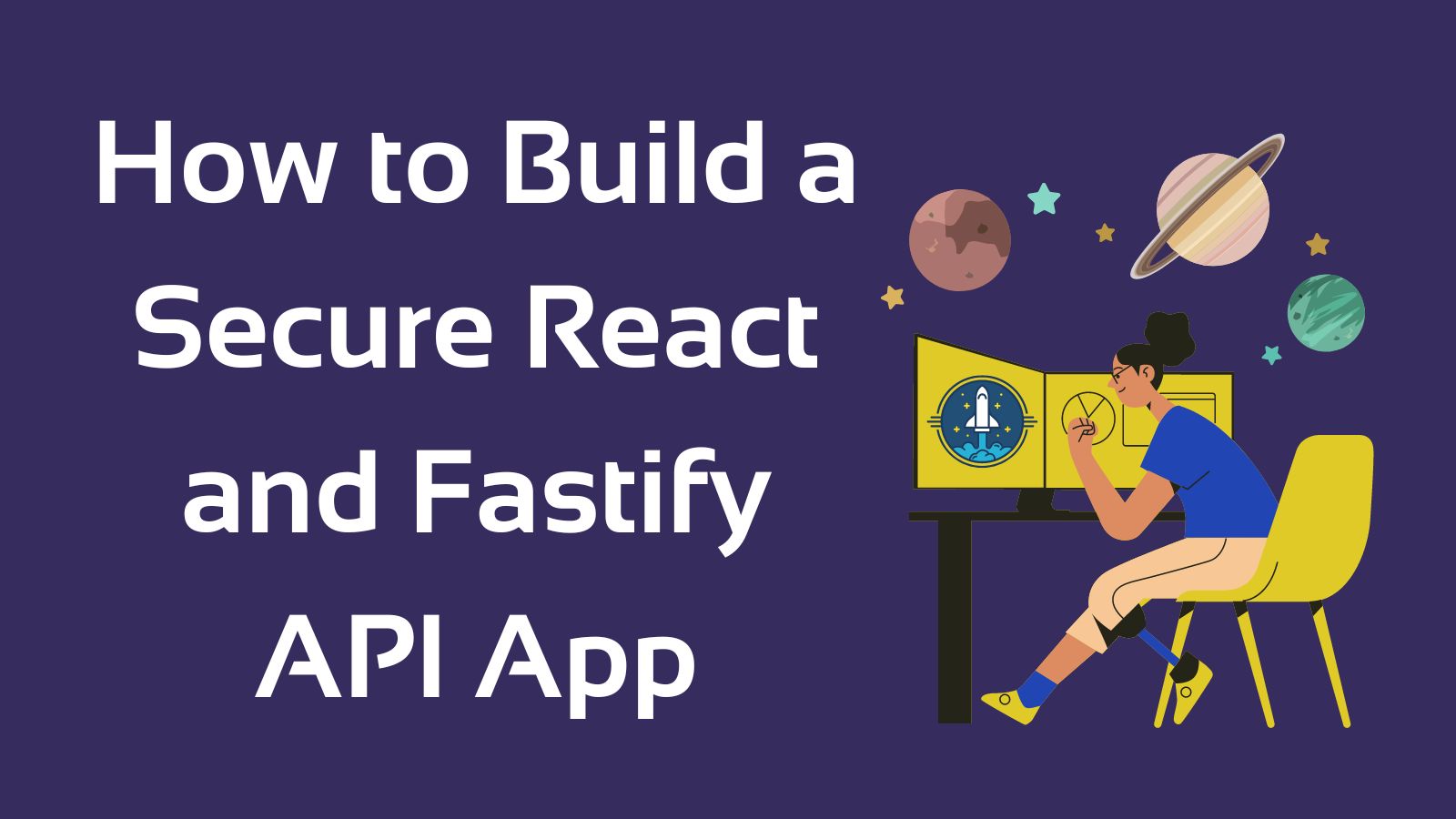
The National Aeronautics and Space Administration (NASA) is an independent agency of the US federal government, responsible for space exploration and research, with field facilities across the United States. In this tutorial, we’ll set up an app to keep track of what NASA facilities we’ve visited and which ones we still want to check out. Our app will be a monorepo with Okta authentication, using React for the frontend and Fastify for the backend. Fastify...
Practical Uses of Dependency Injection in Angular

Angular has an extensive system that uses *providers” to add and configure dependencies to the application you’re building. To create providers, you use the built-in Dependency Injection (DI) system. This post will cover Angular’s powerful DI system at a high level and demonstrate a few practical use cases and strategies for configuring your dependencies. Let’s get practical! Table of Contents Quick overview of Dependency Injection Angular’s Dependency Injection system Injection tokens in Angular Configuring providers...
Use Redux to Manage Authenticated State in a React App

There are a myriad of state management options available for React. React provides the option of using the built-in Context for when you have a nested tree of components that share a state. There is also a built-in useState hook that will allow you to set local state for a component. For more complex scenarios where you need a single source of truth that changes frequently and is shared across large sections of your application,...
Secure and Deploy Micro Frontends with Angular
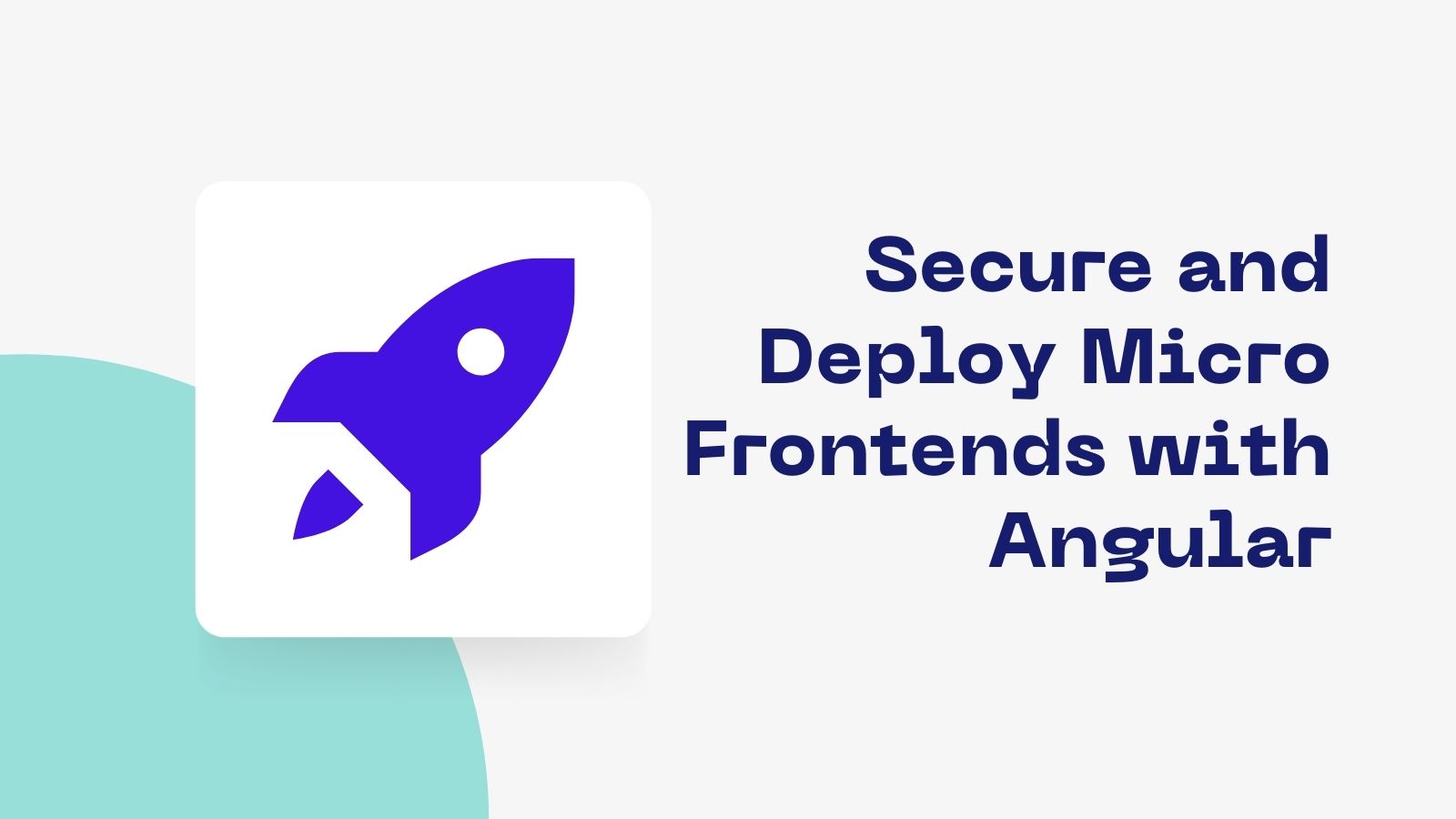
Micro frontends continue to gain interest and traction in front-end development. The architecture models the same concept as micro services - as a way to decompose monolithic front-end applications. And just like with micro services, micro frontends have complexities to manage. This post is part two in a series about building an e-commerce site with Angular using micro frontends. We use Webpack 5 with Module Federation to wire the micro frontends together, demonstrate sharing authenticated...
How to Build Micro Frontends Using Module Federation in Angular

The demands placed on front-end web applications continue to grow. As consumers, we expect our web applications to be feature-rich and highly performant. As developers, we worry about how to provide quality features and performance while keeping good development practices and architecture in mind. Enter micro-frontend architecture. Micro frontends are modeled after the same concept as microservices, as a way to decompose monolithic frontends. You can combine micro-sized frontends to form a fully-featured web app....
Creating a TypeScript React Application with Vite
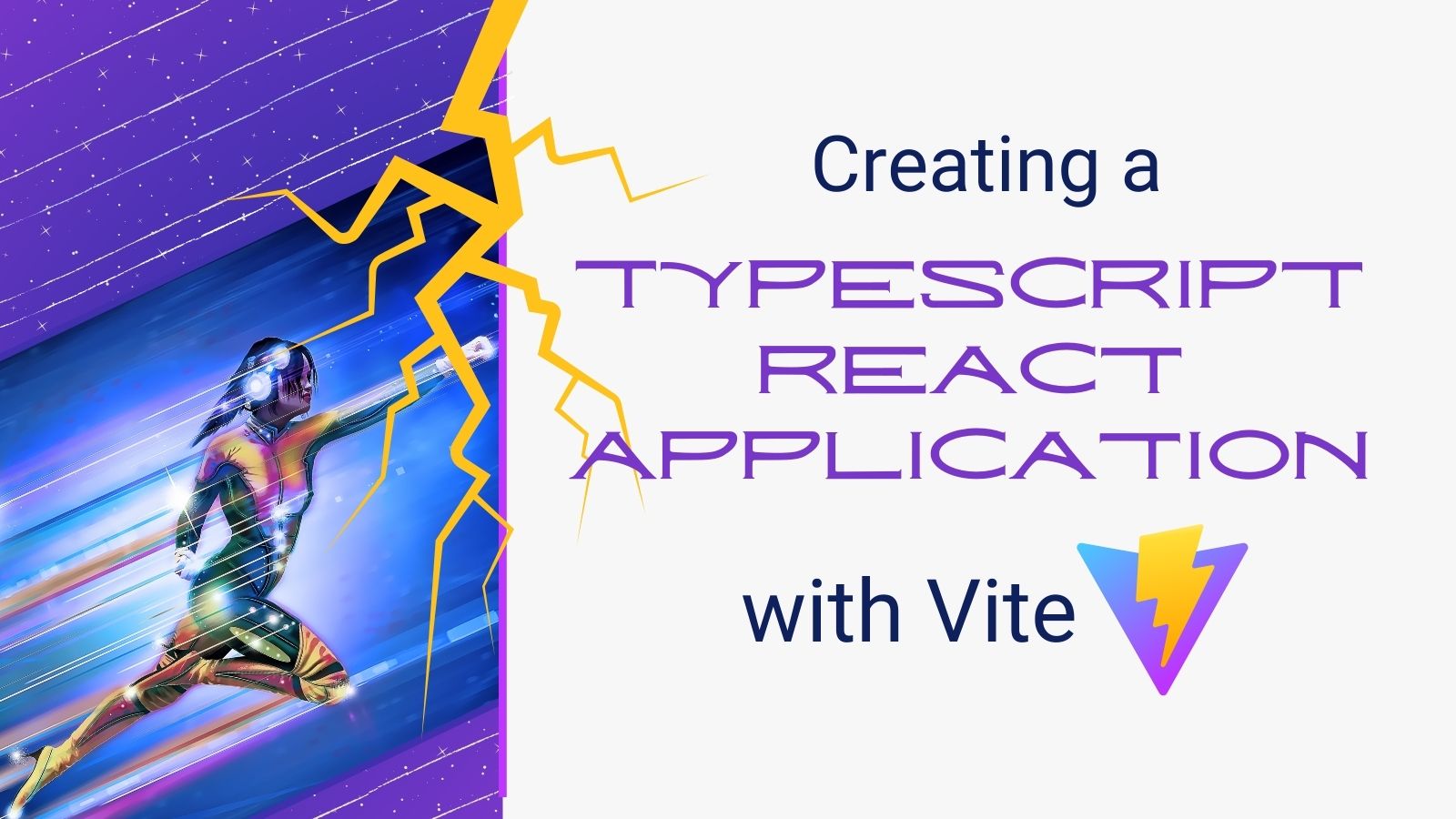
Front-end applications are becoming ever bigger and more complex. It is not uncommon for a React app to have hundreds or even thousands of components. As the project size increases, build times become increasingly important. In large projects, you may have to wait up to a minute for the code to be translated and bundled into a production package run in the browser. The compile and load times for the development server are also a...
Three Ways to Configure Modules in Your Angular App

Configurations are part of a developer’s life. Configuration data is information your app needs to run and may include tokens for third-party systems or settings you pass into libraries. There are different ways to load configuration data as part of application initialization in Angular. Your requirements for configuration data might change based on needs. For example, you may have one unchanging configuration for your app, or you may need a different configuration based on the...
Add OpenID Connect to Angular Apps Quickly
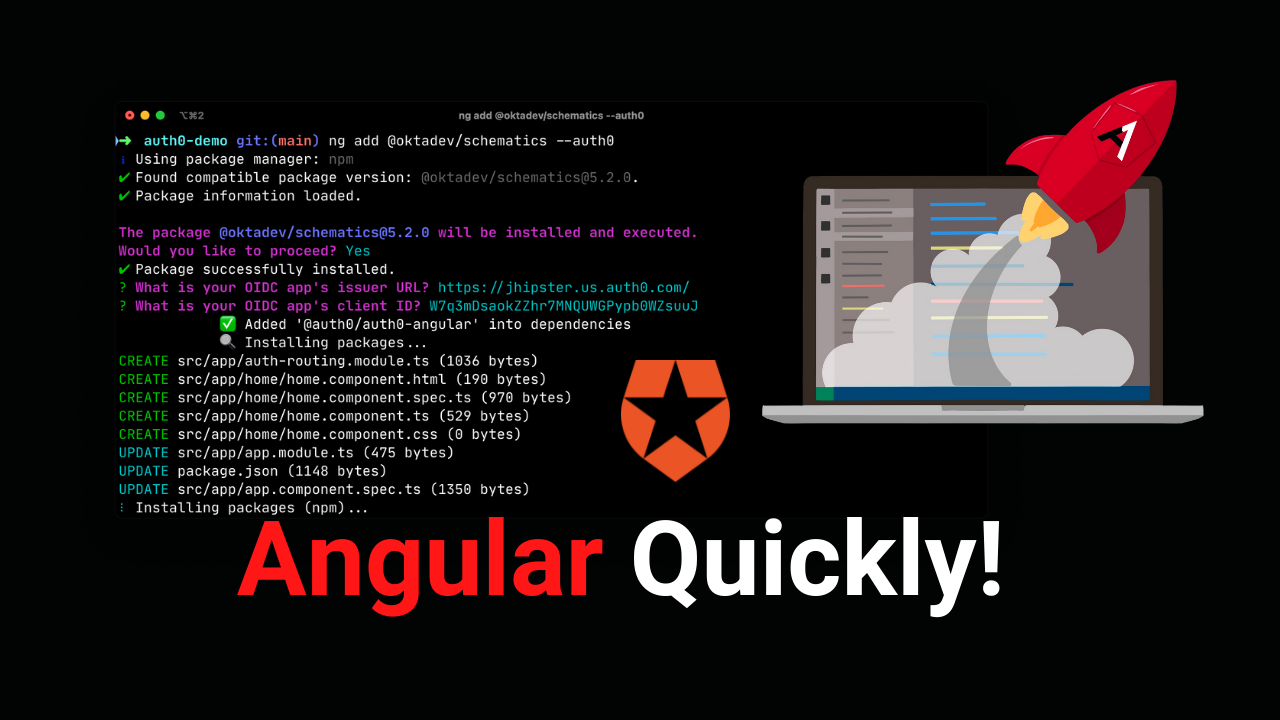
AngularJS 1.0 was released in October 2010. At the time, it was considered one of the most revolutionary and popular web frameworks ever to see the light of day. Developers loved it, and created many apps with it. However, as a pioneer in the JS framework space, AngularJS had some growing pains and significant issues. The team went back to the drawing board for a major breaking release with Angular 2. It took two years...
Loading Components Dynamically in an Angular App

Businesses have unique and complex needs. In addition to the user or organization-specific data to show, there might be a need to display different views and content conditionally. The conditions might include the user’s role or which department they belong to. The information about a user might be part of the authenticated user’s ID token as a profile claim. In Angular, you can show different components or even parts of templates conditionally using built-in directives...
What You Need to Know about Angular v13

Angular v13 has arrived! And with it come a lot of exciting new features and updates. Angular continues to improve runtime performance, decrease compilation time, promote good software development practices, enhance developer experience, and keep up to date with dependencies such as TypeScript and RxJS. Is anyone else excited about RxJS v7?! 🤩 Let’s take a look at a few of the many new exciting features in Angular v13 with some code examples using authentication....
Oktanaut Tanay, Reporting for Duty

Greetings Oktaverse! I’m Tanay 🖖 I have been following Okta for many years, and I am very excited to finally join you all and get a chance to serve this wonderful community. First things first, here’s a picture of me so that you can recognize me and say hi the next time we meet. 👇 Who I am and what I’ve done so far I started my journey into the world of tech communities and...
A Quick Guide to Angular and GraphQL

Over the past five years, GraphQL has established itself as the most popular alternative to REST APIs. GraphQL has several advantages over traditional REST-based services. First of all, GraphQL makes the query schema available to the clients. A client that reads the schema immediately knows what services are available on the server. On top of that, the client is able to perform a query on a subset of the data. Both of these features make...
Flying Into Okta

“Just follow your heart and keep smiling.” – Kiki’s Delivery Service I’m embarking on a new adventure and entering the wide world of Developer Advocacy at Okta! Much like Kiki setting out on her journey, I’m full of enthusiasm and curiosity and am ready to fly. I’m thrilled to be here at Okta and looking forward to everything. Now, I just need to get a talking cat… “Smile. We have to make a good first...
Spreading Some Okta Love to the DevOps World

Hello Oktaverse! So finally, I have landed at Okta on my second attempt 😉. I’m so excited about this new chapter in my career journey and can’t wait to see what’s in store. But first, introductions. Who am I I’m from the south of India, a village in Kerala to be specific, but I grew up in Chennai since my parents moved there looking for work when I was 12. I like to call myself...
Use the Okta CLI to Quickly Build Secure Angular Apps

The Okta CLI is a new tool we’ve created here at Okta. It’s designed to streamline creating new Okta accounts, registering apps, and getting started. Wwwhhaaattt, you might say?! That’s right, it’s super awesome! To show you how easy it is, I created a screencast that shows you how to use it with Angular. To create the same app as the one shown in this video, you’ll need to run okta start angular --branch widget....
Build a Next.js Application with TypeScript

Next.js is a React framework that aims to provide the best development experience. It is feature rich, including hybrid static and server rendering, TypeScript support, built-in CSS support, API routers, and much more. TypeScript is an open-source language that is built on JavaScript that allows developers to use types. In this tutorial, you will learn how to use TypeScript with Next.js. Finally, you will secure your application with Okta Single Sign-On and the built-in functionality...
A Quick Guide to Security with Vaadin Fusion and Spring Boot
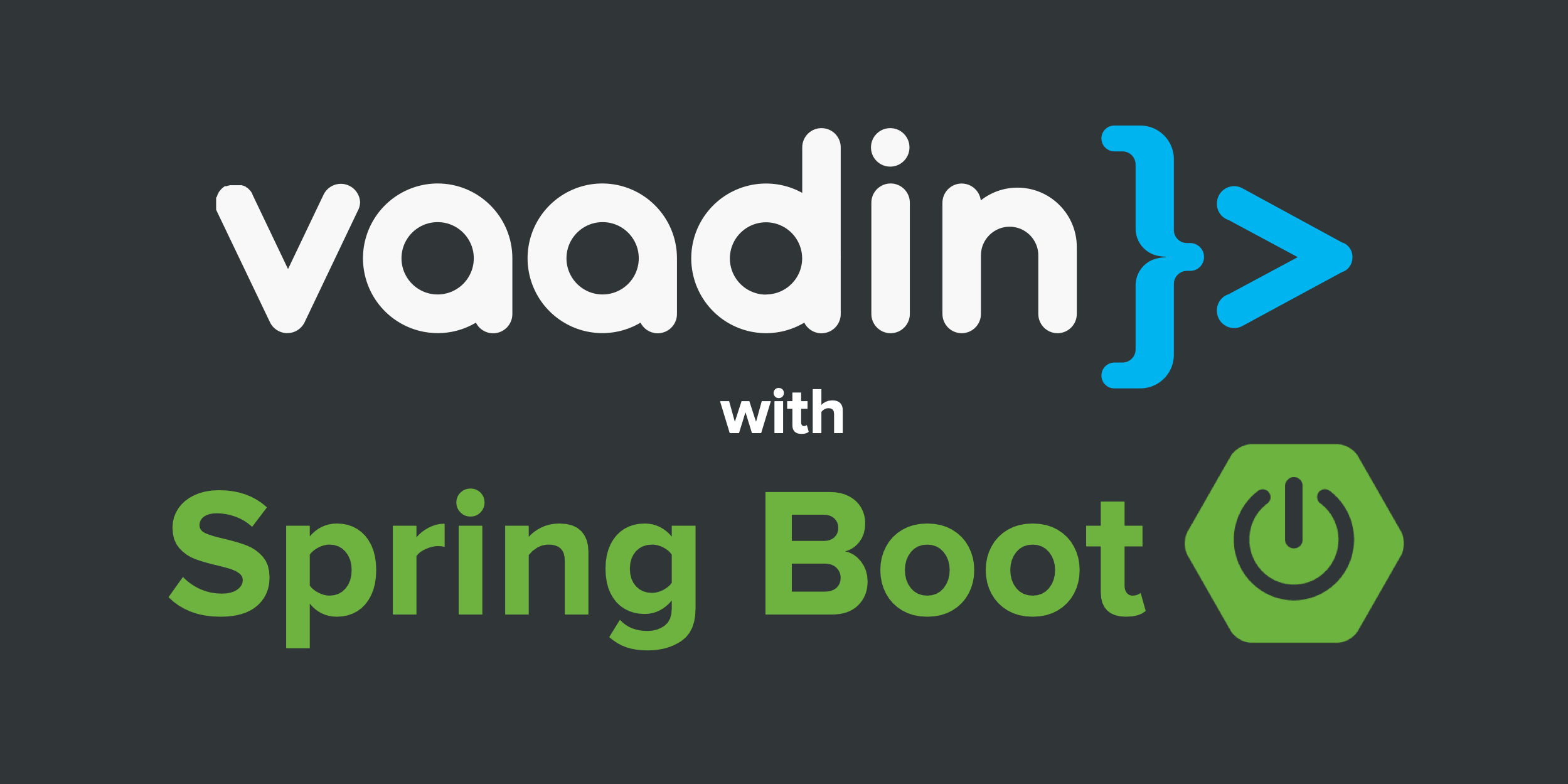
Building a web application involves a lot of moving pieces. You have a backend server handling API calls, a frontend application running business logic, and you need to somehow make sure both are in sync and secure. In this blog post, you’ll learn how to use Vaadin Fusion, Spring Boot, and Okta to create a full-stack web application with authentication. Specifically, you’ll learn how to: Create a Spring Boot-based Vaadin Fusion app Secure server endpoints...
Build a Secure NestJS API with Postgres

NestJS is a modern, progressive framework for building Node.js applications and APIs. NestJS is built on TypeScript, and is designed to use solid programming metaphors such as controllers and modules. Having automatic Swagger API documentation built-in is also a great feature. Postgres (or PostgreSQL), much like other relational databases, provides a way to persist and query data. It’s a powerful, open-source, object-relational database system with over 30 years of active development that has earned it...
Build a CRUD App with Angular 9 and Spring Boot 2.2
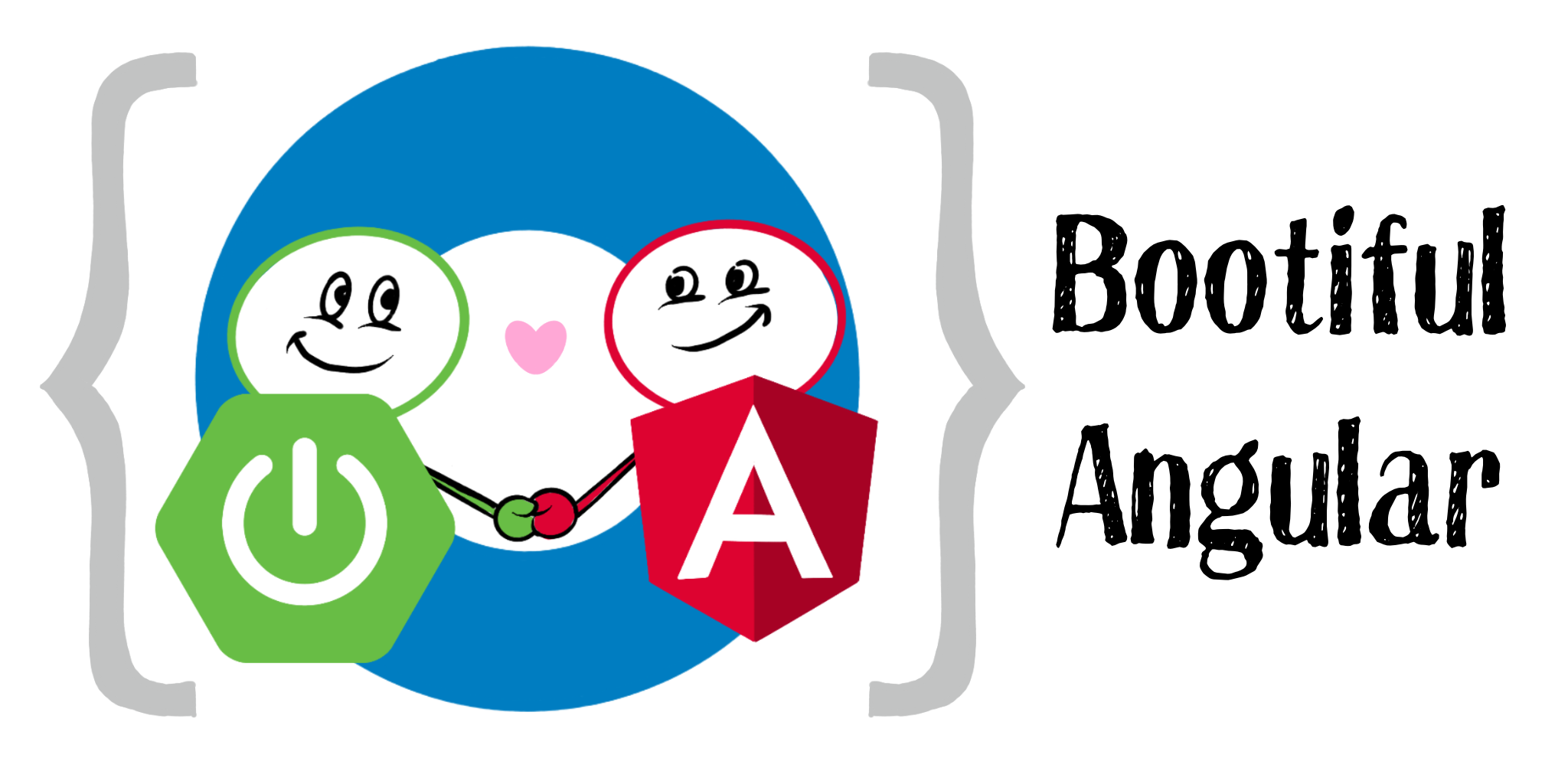
Angular is a web framework for building mobile and desktop applications. Its first version, AngularJS, was one of the first JavaScript MVC frameworks to dominate the web landscape. Developers loved it, and it rose to popularity in the early 2010s. AngularJS 1.0 was released on June 14, 2014. Angular 9 was recently released, giving Angular quite a successful run in the land of web frameworks. Spring Boot is one of the most popular frameworks for...
How to Customize Your Angular Build With Webpack

If you’re a frontend dev in the world today you’ve probably heard of (and possibly even used) webpack. The Angular build process uses webpack behind the scenes to transpile TypeScript to JavaScript, transform Sass files to CSS, and many other tasks. To understand the importance of this build tool, it helps to understand why it exists. Browsers have very limited support for JavaScript modules. In practice, any JavaScript application loaded into the browser should be...
Build a NodeJS App with TypeScript

As dynamically typed languages became prominent during the last decade, typeless (or should I say lawless?) programming became the norm for the backend as well as the frontend. Many people believe the simplicity of “just writing” code is efficient for providing a proof of concept or prototyping applications. However, as those applications grow, the typeless code used to build them often becomes incredibly convoluted and more difficult (some would say impossible) to manage. In the...
Tutorial: User Login and Registration in Ionic 4
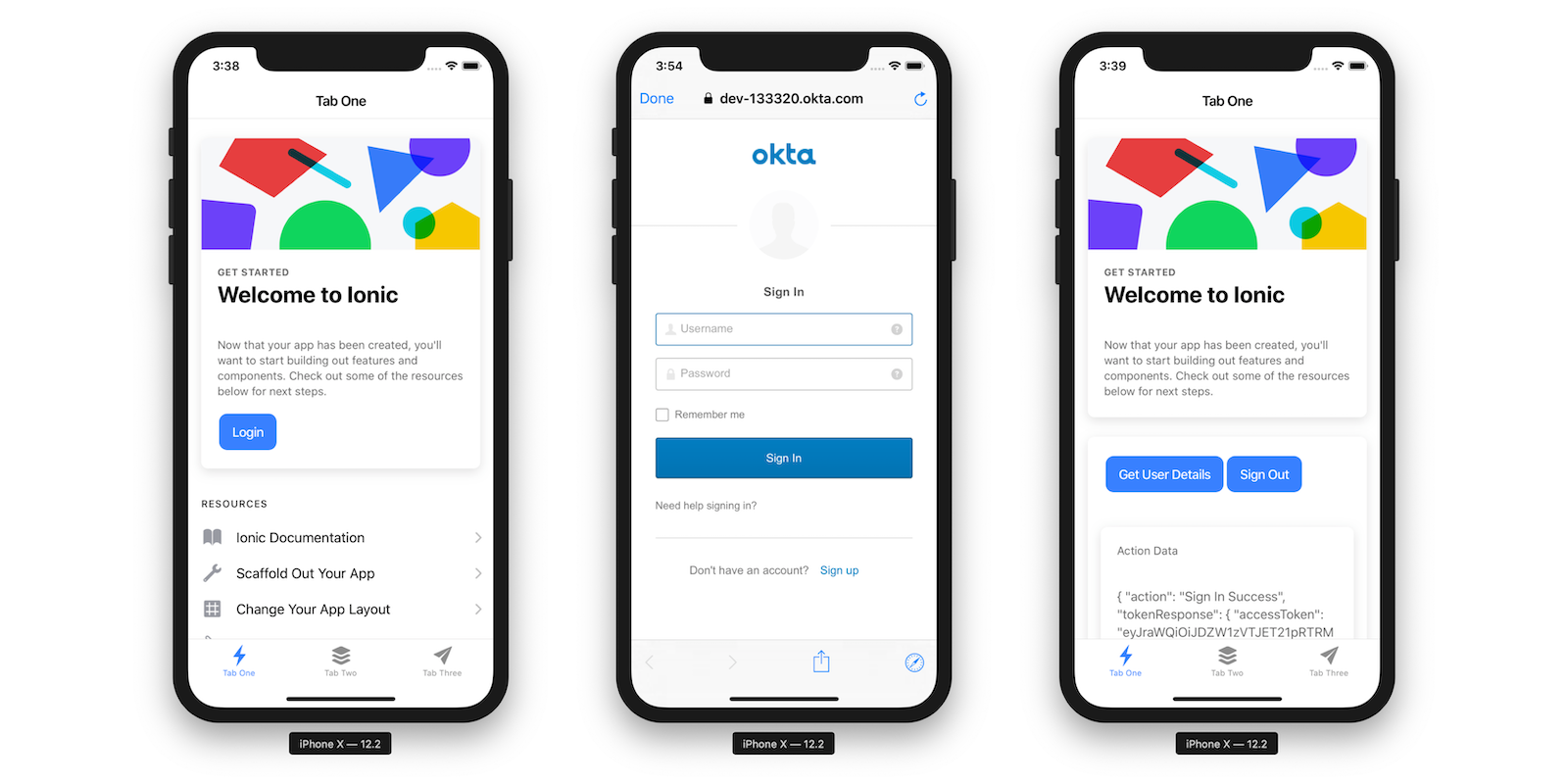
Ionic allows you to develop PWAs and hybrid mobile apps. PWAs are web applications that run in a browser and allow for offline capabilities via service workers. They can be installed on desktops and mobile devices, just like you install apps on your smartphone. Hybrid mobile apps are like native mobile apps, except they’re built using web technologies. Ionic 2 was based on AngularJS. Ionic 3 was based on Angular. Ionic 4 allows you to...
Build Your First PWA with Vue and TypeScript

With the ever-increasing use of mobile devices over the last few years it has become more and more important for web developers to anticipate the need for users on these devices. The first step was the ability to cater for different screen sizes, thus creating the need for responsive user interface design. Over time the demands of the users increase and it is now becoming even more important to provide a high-quality user experience, independent...
Angular Authentication with JWT

User registration and authentication are one of the features that almost no web application can do without. Authentication usually consists of a user entering using a username and a password and then being granted access to various resources or services. Authentication, by its very nature, relies on keeping the state of the user. This seems to contradict a fundamental property of HTTP, which is a stateless protocol. JSON Web Tokens (JWTs) provide one way to...
Build a CRUD App with ASP.NET Core and TypeScript

There are a lot of things for .NET developers to love about TypeScript. It has strong typing that .NET Developers are used to and the ability to use the latest JavaScript features. Since it is just a superset of JavaScript, the cost to switch is almost nothing. Getting Visual Studio to transpile the TypeScript when it builds your ASP.NET Core app is pretty simple as well. In this tutorial, you will build an ASP.NET Core...
Build Secure Login for Your Angular App

Single page applications (SPAs) are becoming more and more popular. Their appeal is obvious. Fast loading times gives users the feeling of responsiveness even over slow networks. At some point, a developer of a SPA has to think about authentication and authorization. But what do these two terms actually mean? Authentication deals with ensuring that a user truly is who they claim to be. This usually involves a login page in which the user provides...
If It Ain't TypeScript It Ain't Sexy

A few years ago I got “Jeep fever.” I began daydreaming about owning a Jeep, driving around with the top down, and going on trips into the mountains. That’s when it happened. Everywhere I went, I saw Jeeps. I passed countless Jeeps on the road. There were Jeeps in every parking lot. Practically everyone had a Jeep but me. Where did all these Jeeps come from?! Logically, I had to assume there was relatively the...
Build and Test a React Native App with TypeScript and OAuth 2.0

React Native is one of the most popular ways of creating mobile apps. Building on the success of React, it ties together native components for both Android and iOS using a shared JavaScript code-base. However, JavaScript has come under fire recently for not being type safe which can lead to a loss of developer trust. Enter TypeScript, which allows type annotations to be added to existing JavaScript code. One requirement of many mobile apps is...
Use TypeScript to Build a Node API with Express
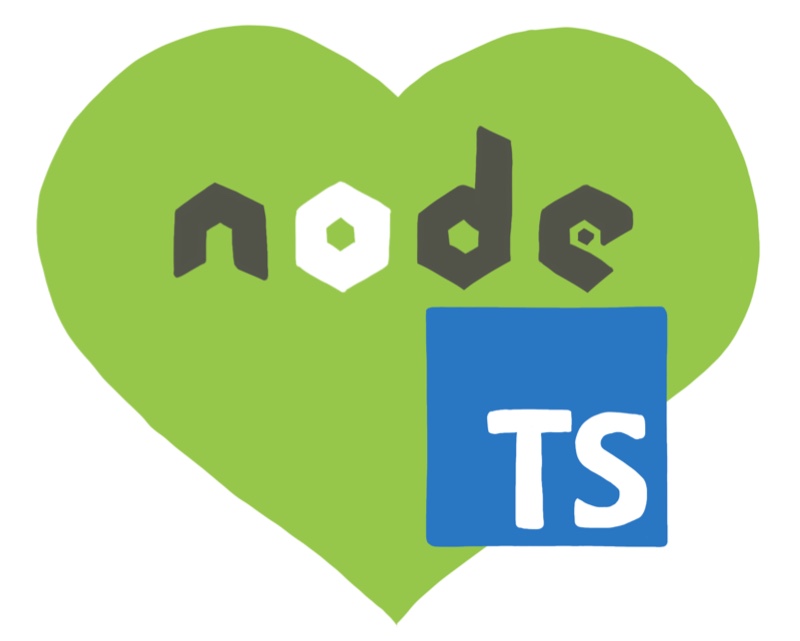
Like it or not, JavaScript has been helping developers power the Internet since 1995. In that time, JavaScript usage has grown from small user experience enhancements to complex full-stack applications using Node.js on the server and one of many frameworks on the client such as Angular, React, or Vue. Today, building JavaScript applications at scale remains a challenge. More and more teams are turning to TypeScript to supplement their JavaScript projects. Node.js server applications can...
Build a Mobile App with React Native and Spring Boot

React Native is a framework for building mobile applications with React. React allows you to use a declarative style of programming to describe how your UI should look. It uses embedded HTML (called JSX) to render buttons, lists, scrollable views, and many other components. I’m a seasoned Java and JavaScript developer that loves Spring and TypeScript. Some might call me a Java hipster because I like JavaScript. In this post, I’m going to show you...
Build a Health Tracking App with React, GraphQL, and User Authentication
I think you’ll like the story I’m about to tell you. I’m going to show you how to build a GraphQL API with Vesper framework, TypeORM, and MySQL. These are Node frameworks, and I’ll use TypeScript for the language. For the client, I’ll use React, reactstrap, and Apollo Client to talk to the API. Once you have this environment working, and you add secure user authentication, I believe you’ll love the experience! Why focus on...
Angular 6: What's New, and Why Upgrade
Angular 6 is now available and it’s not a drop-in replacement for Angular 5. If you’ve been developing with Angular since Angular 2, you likely remember that it wasn’t too difficult to upgrade to Angular 4 or Angular 5. In most projects, you could change the version numbers in your package.json and you were on your way. In fact, the most significant change I remember in the last couple of years was the introduction of...
Use OpenID Connect Support with JHipster
Single sign-on (SSO) is a feature that most developers don’t care about when building one-off applications for clients or themselves. However, when developing apps for their company, which will be used by employees of their business, they often need to hook into an existing identity provider. It might be Active Directory (AD), LDAP, or a myriad of other systems. Okta provides SSO for many companies around the world and allows them to configure AD and...
Build a Secure Notes Application with Kotlin, TypeScript, and Okta
I love my job as a developer advocate at Okta. I get to learn a lot, write interesting blog posts and create example apps with cool technologies like Kotlin, TypeScript, Spring Boot, and Angular, which I’m about to demo. When it comes to writing Hello World apps with authentication, I can whip one out in a few minutes. That isn’t because I’m a particularly good programmer, it’s because the languages, frameworks, tools, and platforms available...
Develop and Deploy Microservices with JHipster
JHipster is one of those open-source projects you stumble upon and immediately think, “Of course!” It combines three very successful frameworks in web development: Bootstrap, Angular, and Spring Boot. Bootstrap was one of the first dominant web-component frameworks. Its largest appeal was that it only required a bit of HTML and it worked! Bootstrap showed many in the Java community how to develop components for the web. It leveled the playing field in HTML/CSS development,...
Add Authentication to Your Angular PWA
You’re developing a Progressive Web Application (PWA), and your service worker and web app manifest are working swimmingly. You’ve even taken the time to deploy it to a server with HTTPS, and you’re feeling pretty good about things. But wait, you don’t have any way of knowing who your users are! Don’t you want to provide them with an opportunity to authenticate and tell you who they are? Once you know who they are, you...
Tutorial: Develop a Mobile App With Ionic and Spring Boot
You already know that building APIs with Spring Boot is incredibly easy. But, your API isn’t complete without a UI, right? Well, building UIs with Ionic is pretty easy too, especially if you know Angular! Ionic is an open source framework designed to help you build mobile applications with web technologies. It started out as a framework based on AngularJS. Ionic 3.0 was recently released, with support for Angular 4, TypeScript 2.2, and lazy loading....
Build Your First Progressive Web Application with Angular and Spring Boot
An October 2016 DoubleClick report found 53% of visits are abandoned if a mobile site takes more than 3 seconds to load. That same report said the average mobile sites load in 19 seconds. According to Alex Russell in his recent talk on the state of mobile development, one of the biggest problems in mobile today is that developers use powerful laptops and desktops to develop their mobile applications, rather than using a $200 device...
Bootiful Development with Spring Boot and Angular
To simplify development and deployment, you want everything in the same artifact, so you put your Angular app “inside” your Spring Boot app, right? But what if you could create your Angular app as a standalone app and make cross-origin requests to your API? Hey guess what, you can do both! I believe that most frontend developers are used to having their apps standalone and making cross-origin requests to APIs. The beauty of having a...
Angular Authentication with OpenID Connect and Okta in 20 Minutes
Angular (formerly called Angular 2.0) is quickly becoming one of the most powerful ways to build a modern single-page app. A core strength is Angular’s focus on building reusable components, which help you decouple the various concerns in your application. Take authentication, for example: it can be painful to build, but once you wrap it in a component, the authentication logic can be reused throughout your application. The Angular CLI makes it easy to scaffold...
Build an Angular App with Okta's Sign-In Widget in 15 Minutes
AngularJS reigned as king of JavaScript MVC frameworks for several years. However, when the Angular team announced they would not provide backwards compatibility for their next version, there was a bit of a stir in its community, giving opportunities for frameworks like React and Vue.js to flourish. Fast forward a few years and both Angular 2 and Angular 4 have been released. Many developers are trying its TypeScript and finding the experience a pleasant one....